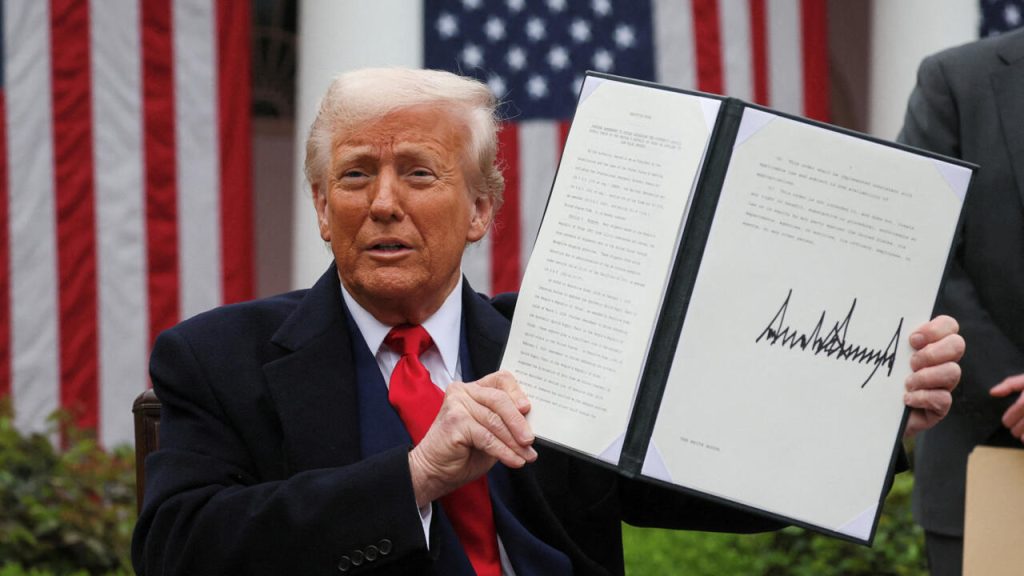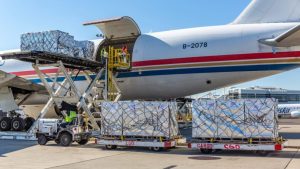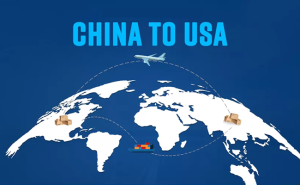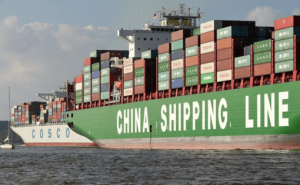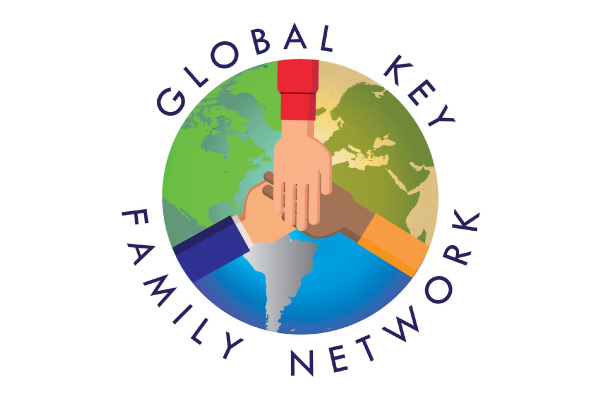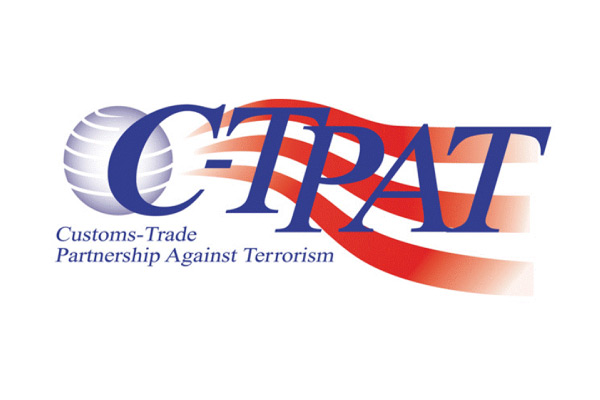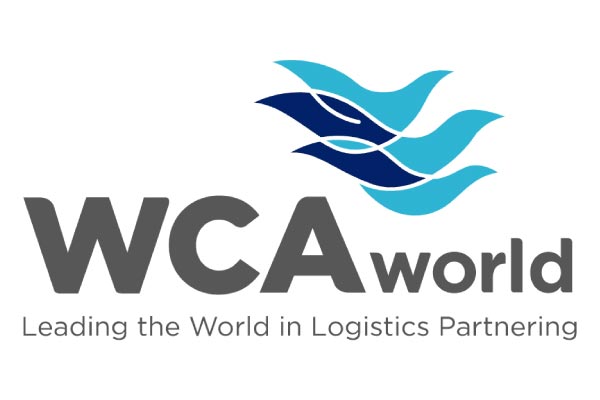U.S. President Donald Trump signed an Executive Order entitled “Regulating Imports with a Reciprocal Tariff to Rectify Trade Practices that Contribute to Large and Persistent Annual United States Goods Trade Deficits . “
The measure imposes new tariffs on imports from various countries with the aim of reducing the U.S. trade deficit.
Details of the measure
The plan establishes a base tariff of 10% on all U.S. imports , plus additional tariffs for countries with which the U.S. maintains a significant trade deficit. For example:
- China : 34%
- Taiwan : 32%
- European Union : 20%
- India : 26%
- Japan : 24%
- Vietnam : 46%
- South Korea : 25%
- United Kingdom : 10%
In addition, a 25% tariff will be applied to imported automobiles.
The Trump administration argues that these tariffs seek to correct the trade imbalance and encourage reciprocity in exchanges. “For too long, we have allowed countries with non-reciprocal trade agreements to profit at the expense of American manufacturing. That ends today , “ Trump declared.
Although the aforementioned executive order does not explicitly single out Latin American countries, the base tariff of 10% could affect key exporters such as Mexico, Brazil, and Argentina . Strategic sectors such as the automotive, manufacturing, and agricultural export industries could face higher costs for their products in the U.S. market.
Possible international repercussions
Affected countries could seek bilateral negotiations to mitigate the impact of the tariffs or, failing that, adopt retaliatory trade measures.
Specifically, the executive order allows for tariff modifications in the future. “ The United States may increase tariffs in response to restrictions imposed by affected countries on U.S. products,” while if trade agreements favoring domestic production are reached, “tariffs could be reduced.”
Implementation
- Beginning April 5, 2025 , at 12:01 a.m. EDT, the base tariff of 10% will be imposed on all imports.
- Starting April 9, 2025 , targeted tariffs will be applied to countries with which the U.S. maintains the largest trade deficits.
- The tariffs will remain in place until the U.S. president determines that the trade deficit and lack of reciprocity have been resolved or mitigated.
“Two-way trade is ‘America First’ trade , “ President Trump emphasized in his official statement, marking a renewed push for protectionism.

